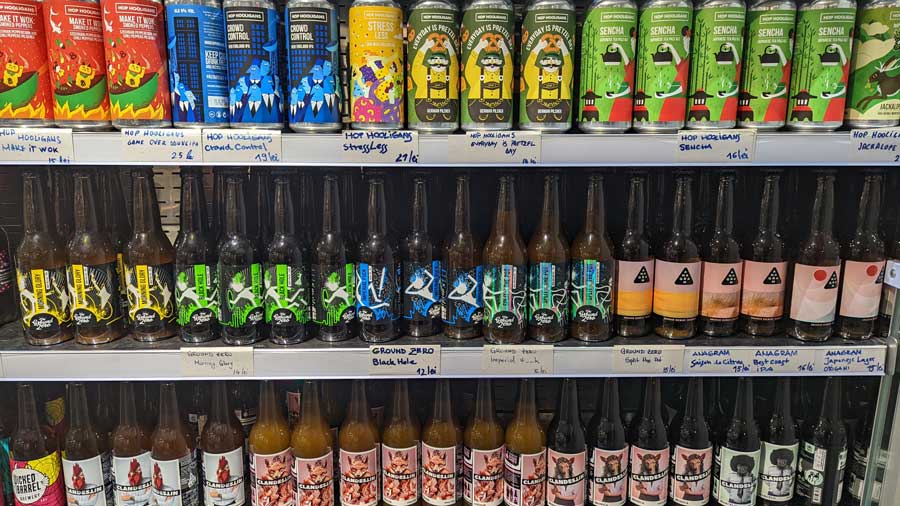TLDR: The envelope budget system
- The envelope budgeting system is a tactile and straightforward way to budgeting – you allocate your net take-home income towards different categories by putting physical cash in a number of labeled envelopes.
- The system has been updated for the digital age – you can have digital buckets or envelopes with the help of spreadsheets or apps.
- This system gives you complete visibility on your expenditure but on the downside it does take a huge amount of effort.
The envelope system is one of the oldest forms of budgeting and it allows you to physically portion out your monthly income into different categories. It’s a very simple concept. 1) Take a few envelopes and write specific expenses on each envelope. For example, rent, car insurance, and groceries. 2) Put the specific amount of money you want to spend on that category into each envelope.
Historically people have used this system on a monthly basis using physical envelopes and real cash. In more recent times this system has been digitized with people using spreadsheets and a range of online apps. Many digital-first banks like Monzo or Revolut use something called “pots” which works in the same way. The envelope system is sometimes referred to as zero-sum budgeting.
How Does the Envelope Budgeting System Work?
Before you start try to think about the types of expenses that you have and split them up into different categories. It is up to you how specific or broad you want each of these categories to be. You could have a “going out” envelope that covers eating out, entertainment, and drinking or you could just have an envelope that is titled “going out”. If you have tried complicated systems in the past and failed because of the amount of admin involved, it might be easier to start with just a high-level envelope titled “going out” and then if you find you are spending lots of money in that envelope you could then break it out to really see where your money is going.
After you have decided on your categories then label an envelope for each of the categories. Next, fill it with the amount of money you have allocated for that expense. You want to create a system that works for you and if you don’t know where to start then a good system to try is the 50/30/20 budget. At a high level this means that you put 50% of your budget towards needs, 30% of your budget towards wants, and then 20% towards debt repayments and savings.

The envelope budgeting system involves using a number of physical envelopes which are filled with cash – from your paycheck.
If you take home $3,000 a month your budget might look like the following:
- $1,500 in your envelope titled “needs”
- $750 in your envelope titled “wants”
- $750 in your envelope titles “savings”
The next step, and the important one, when you pay for something, only use the money from that specific envelope, and nothing else. For example – if you have an envelope titled “drinks” and you have set aside $75 and you spend $10 at a bar, you would take the money out of the envelope. This would then mean that you have $65 for drinks for the rest of the month.
It is up to you how often you refill your envelopes – you could do it once a month, or if you’re paid weekly you could refill them when you get the money.
Benefits of the Envelope System
A pro for using the envelope system is that it helps avoid any debt or overdraft fees that would come with frequent credit or debit card usage. There is also something reassuring about divvying up the money each month. It makes it physical and gives more weight to each dollar that you spend. Because you are giving over a physical item every time you pay for something it is much more visceral and you are conscious of spending. This can help reduce impulse spending and can keep your spending in check.
A budget is only as strong as the user and the benefit of the envelope system is that you can keep track of your variable expenses. It is all the little things that end up adding up over the month – one extra drink at the bar, or going out for a spontaneous lunch. Knowing exactly how much you’re spending on each of those categories will help you stay on track even when unexpected expenses come up.
There are also studies showing that cash-only users are more likely to form an emotional connection to the cash in their envelopes. You’re less likely to want to part with it because it is a possession and it has been shown that losing money hurts more than gaining it. This is called loss aversion.
The Drawbacks
If you have to constantly go to the ATM or a bank to withdraw money it can take lots of time and make you vulnerable to theft. Especially if you take out your whole salary and carry it around in envelopes – it could be fiscally damaging if you lose one of the envelopes. You also lose out on the credit and fraud protection that credit cards offer. That and the rewards that they can give you for being a good user of their card.
If you have an envelope for savings you can protect yourself by not carrying around this envelope in cash – keep this in your bank in a separate pot that will avoid theft.
Who Should Use The Envelope System?
The envelope system is particularly useful for those who are just getting started on a budget and those who are prone to overspending impulsively. The simplicity of the system means you can easily set goals and gauge how much you are spending month to month. It’s a great system to get started for those who want to stay on top of their finances in a practical and hands-on way.


